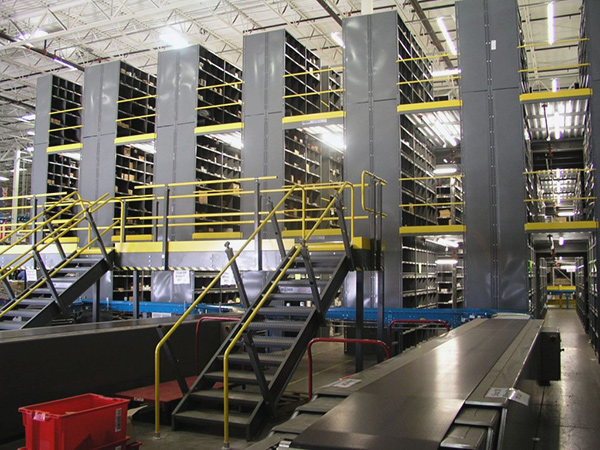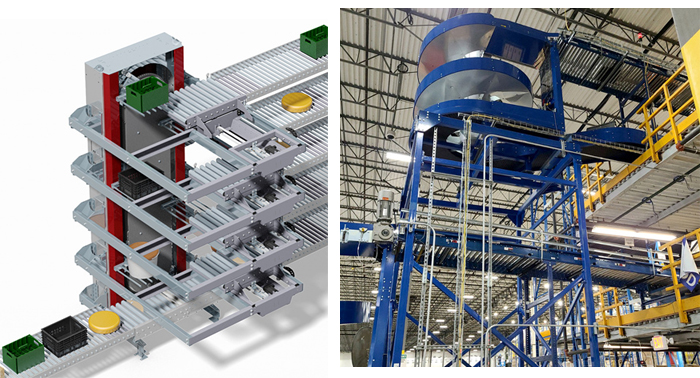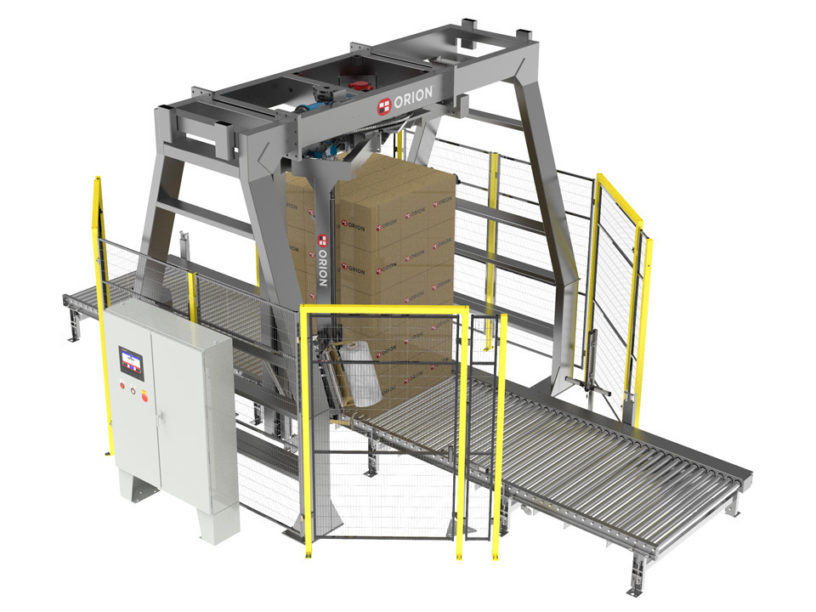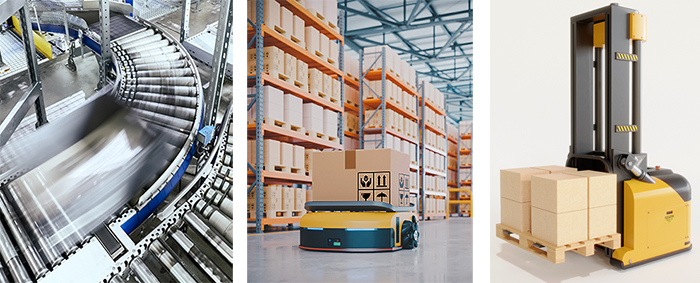
Change is inevitable, particularly in warehousing, manufacturing and distribution. Many warehouses will shift storage area missions over time. New SKUs, more inventory, and different business and operational missions can create the need for newer storage concepts. The problem? There isn’t always a place for new demands. When this occurs, one thing to consider is using the floor or lower levels of your rack system.











